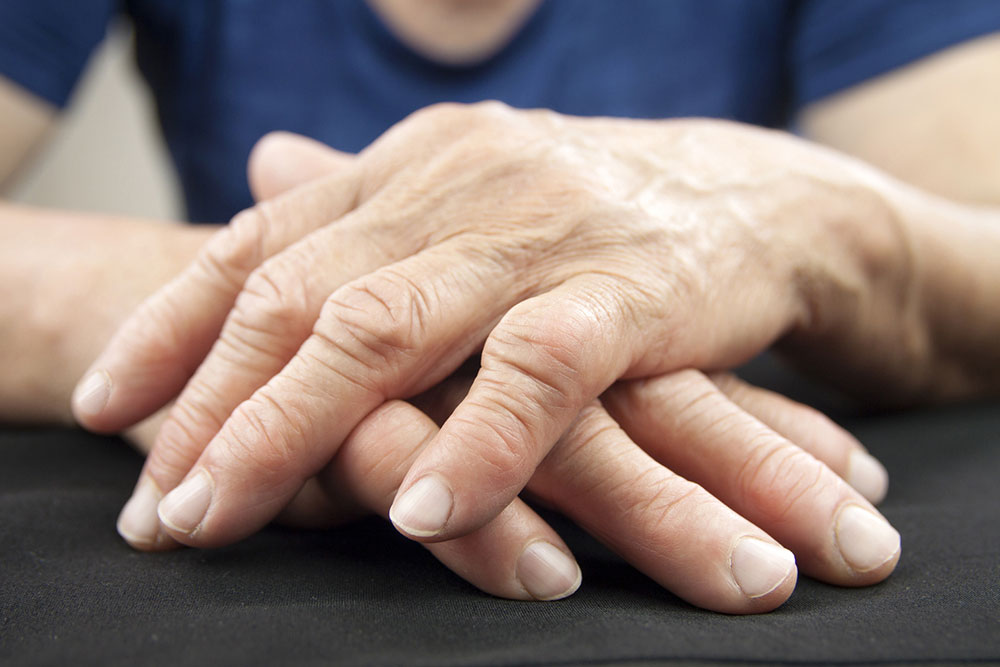Rheumatoid Arthritis – Symptoms And Diagnosis
An autoimmune disease, rheumatoid arthritis is characterized by inflammation in the joints and damage in several parts of the body. Under this condition, the immune system of the body works abnormally and attacks the joints of the body causing the inner lining of the joints to thicken. Thus, the patient experiences swelling and severe pain. Rheumatoid arthritis can have severe repercussions if left untreated. It can spread from the joints to the bones and cause loss of cartilage that could further trigger instability in the joints.

Typically, rheumatoid arthritis affects different body parts including ankles, elbows, knees, feet, and wrists. Moreover, the effect is commonly symmetrical which means that if one knee is afflicted, then it highly likely that the other side is, too. This is one of the major factors that help doctors distinguish rheumatoid arthritis from other forms of arthritis.
Below are some important factors that will help in understanding this condition better.
What are the early symptoms of rheumatoid arthritis?
Rheumatoid arthritis is a chronic condition and commonly comes to notice due to the early symptoms its exhibits. It is marked by several symptoms that occur during flare-ups. Sometimes, the symptoms disappear completely and this period is known as remission. The symptoms of rheumatoid arthritis will vary from severe to mild depending upon the progression of the condition. Some of the early symptoms that one may experience with the illness include:
- Swollen joints that feel tender and warm
- Stiffness in the joints that worsens after inactivity
- Sudden weight loss
- Regular feeling of fatigue and fever
- Pain in the joints
- Decreased joint functions
It is imperative to bring the early symptoms of rheumatoid arthritis to the physician’s notice. This will aid in early diagnosis and better treatment of the disease.
Who is at a high risk of developing rheumatoid arthritis?
There are some factors that may increase one’s chances of suffering from rheumatoid arthritis. Some of the common risk factors include:
- Genetics: Individuals whose ancestors have had rheumatoid arthritis are more likely to develop the disease at an early age.
- Age: While rheumatoid arthritis can affect people of any age group, it is more common among people between the age of the 40 to 60 years.
- Smoking : People who smoke cigarettes, especially those who have a genetic predisposition, are at an increased risk of developing rheumatoid arthritis. Moreover, smoking is found to worsen the condition and increase the severity of symptoms.
- Environmental elements: While the role of one’s environment in the development of the disease is not clearly understood, exposure to silica or asbestos may increase the risk of the condition.
- Excess body weight: Obese people or people who are overweight are found to be at a higher risk of developing rheumatoid arthritis. The weight factor particularly impacts older women.
Which are the non-joint structures affected by symptoms of rheumatoid arthritis?
In many cases, rheumatoid arthritis affects a different set of body parts including:
- Blood vessels
- Salivary glands
- Heart
- Nerve tissues
- Bone marrow
- Eyes
- Lungs
- Skin
- Kidneys
How is rheumatoid arthritis diagnosed?
The following methods can be used to diagnose rheumatoid arthritis:
- Clinical examinations wherein the physician will understand the early symptoms of rheumatoid arthritis and inspect the condition of the joints by observing the swelling, redness, and muscle strength.
- There is no single test to diagnose the condition and thus, the physician will use a combination of tests that can help to support the diagnosis.
- An MRI scan and X-ray exam are commonly conducted to not only diagnose but also understand the severity of the disease.
Tags – early symptoms rheumatoid arthritis, rheumatoid arthritis, treat rheumatoid arthritis, treatment rheumatoid arthritis arm pain




